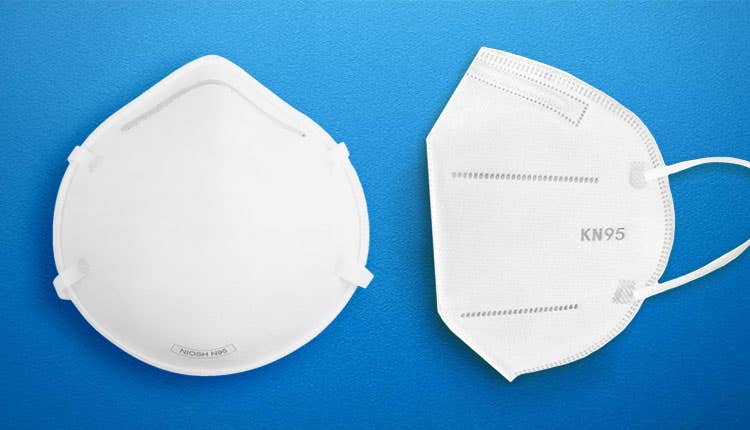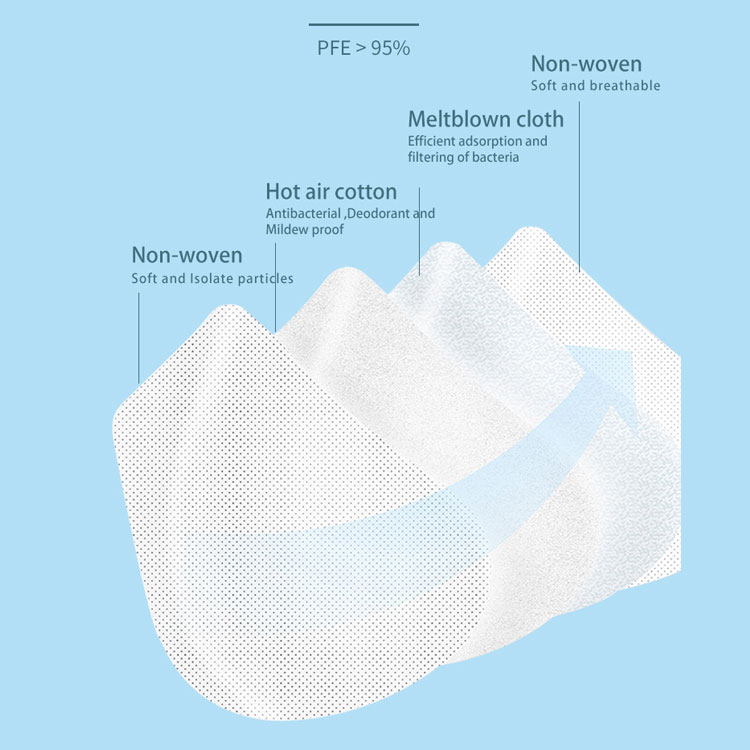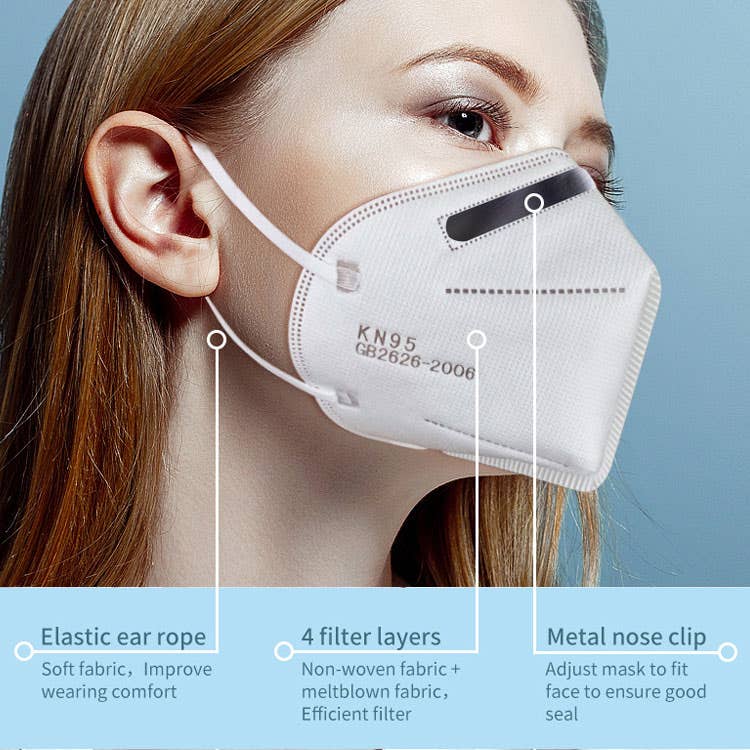In the midst of the COVID-19 pandemic, personal protective equipment (PPE) has been proven to be one of the best resources to keep people from spreading and contracting the virus. Respirators and face masks are vital components under the PPE umbrella. That is why so many cities and states are now implementing mandatory face mask orders for people out in public areas.
Although there are many types of masks, N95 or KN95 masks are the most widely discussed in regard to the COVID-19 pandemic.
But what are the differences between KN95 vs N95 masks? This is something that we’ll answer during our deep dive into both types of masks and what these differences mean in terms of the COVID-19 pandemic.
What Makes These Masks Important During This Pandemic?
Before we get into the differences, it is important to discuss why these masks are in such high demand. Their desirability stems from two main advantages: protecting yourself and protecting others.
Protecting Yourself
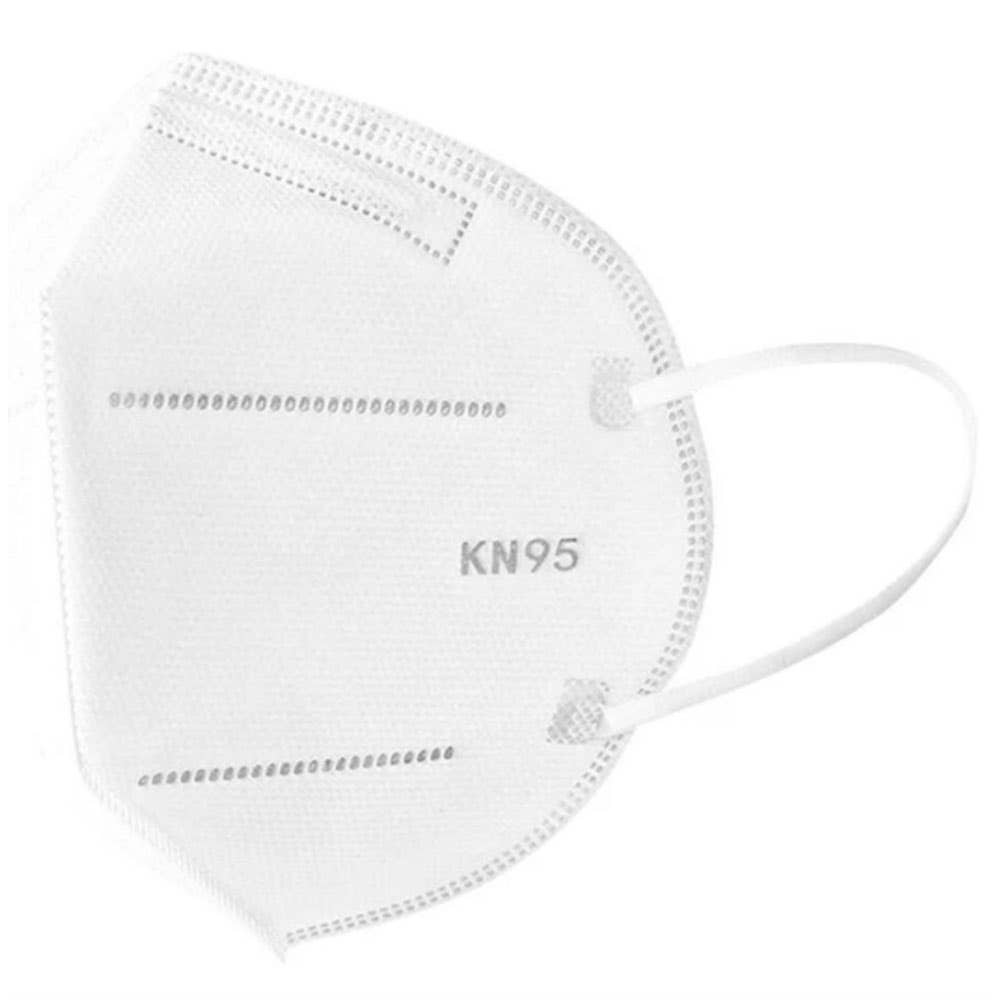 When it comes to protecting yourself from coronavirus, masks should be one of the main tools in your arsenal. This is because they create a barrier between your mouth and nose and the outside world. Creating this barrier is crucial since one of the main ways that COVID-19 has been shown to transmit between people is through respiratory droplets.
When it comes to protecting yourself from coronavirus, masks should be one of the main tools in your arsenal. This is because they create a barrier between your mouth and nose and the outside world. Creating this barrier is crucial since one of the main ways that COVID-19 has been shown to transmit between people is through respiratory droplets.
As someone speaks, coughs, or sneezes, these droplets become airborne and travel several feet. If they enter another person’s nose or mouth, then the disease can take hold. Therefore, you need a mask to create a barrier that helps to lower the chance of these droplets entering your mouth or nose.
Unfortunately, not all masks are made equal when it comes to this feature. For example, standard surgical masks do not maintain a full seal around the nose and mouth, which means that these particles can easily go around the mask and still enter orifices. That is why the main goal of wearing masks is to protect others.
Protecting Others
Although the majority of masks are not able to block respiratory droplets from entering a person’s nose or mouth, they are quite effective at reducing the number of germs spread in the first place. In fact, wearing masks has been shown to block approximately 95 percent of the respiratory droplets that leave a person’s mouth and nose. By lowering the number of droplets being spread by such a significant amount, it prevents them from settling onto various surfaces and later contaminating someone else who touches the same surface.
If you use the right type of mask, then you will be able to get both benefits at once. But this will require wearing a KN95 or N95 mask. So what are the differences between them?
The Short Answer
When taking a look at a KN95 vs N95 mask, they look strikingly similar to one another. However, there are many small differences. The short answer to what it is that makes these masks different is the standards by which they are manufactured and sold.
KN95 masks are made in alignment with Chinese standards. Whereas, N95 masks are made in accordance with US standards. Therefore, any mask that is labeled as an N95 has met the requirements laid out by the US National Institute for Occupational Safety and Health (US NIOSH). But despite being manufactured to meet a different set of regulations, the N95 and KN95 masks are similar or downright identical in many ways.
Similarities Between KN95 and N95 Masks
These masks have several key similarities, one of which is the fact that they have their filtration systems tested by capturing salt (NaCl) particles. The efficiency of this test will allow the US NIOSH to determine whether or not the mask is able to meet N95 standards.
They are also tested using a flow rate of exactly 85L per minute. Based on these results, they need to achieve a filtration performance of at least 95 percent. This incredibly high percentage refers to how many small particles are able to be captured by the mask. In the interest of this test, a small particle is considered to be 0.3 microns in size. Both an N95 and a KN95 mask need to be able to meet this 95 percent standard in order to be certified.
A common misconception in regards to this 95 percent is that these masks are not able to help block minuscule particles that are even smaller than 0.3 microns. However, this isn’t the case. Both KN95 and N95 masks are able to block a significant amount of particles that are even smaller than the standard testing size of 0.3 microns. While it will be below the impressive efficiency of the factory test, it is important to recognize that they are still incredibly efficient at capturing Coronavirus particles, which are notoriously small and measure less than 0.14 microns.
Differences Between KN95 and N95 Masks
There are several differences between KN95 and N95 masks but some of them are rather minor and will not have a big impact on their performance during this pandemic. However, there are a few significant differences that everyone should be aware of before ordering one type of mask over the other.
Mask Fit Tests
One of these differences is that KN95 masks have to undergo a mask fit test if they want to become certified. Not only do they have to take the test but they also have to pass it by achieving 8 percent or lower leakage. These tests are crucial since the ability of a mask to properly fit your face has a significant impact on how well it will protect you during this pandemic.
Surgical masks are the perfect example of why fit tests are so important when it comes to protective masks. The main factor that makes them so ineffective at preventing you from catching COVID-19 is the fact that the particles can easily travel around the edges of the mask and go in behind them to enter the nose or mouth. That’s why it’s not surprising that surgical masks have a leakage rating of about 37 percent.
But just because N95 masks do not require this during the manufacturing process, this does not mean that they have a poor fit. They are still made to be an incredibly secure fit that can compete with even the best KN95 masks. To help ensure this, N95 masks are often subjected to private fit tests run by the hospitals and other companies when receiving their PPE shipments.
Mask Breathability
When you are wearing any mask, you are inevitably going to experience a slight increase in the amount of effort needed to breathe through it. However, some masks are going to have a much bigger impact on this than other types of masks.
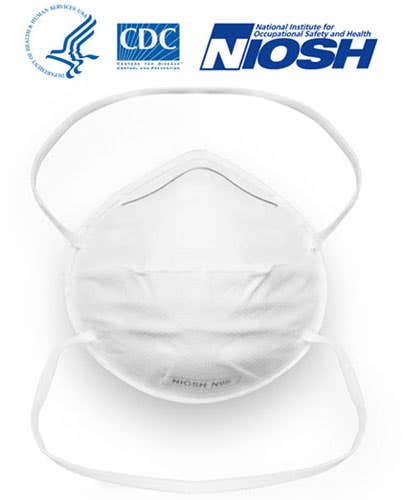 Generally speaking, N95 masks tend to make it easier to inhale while wearing them as compared to KN95 masks. This is because N95 mask regulations require that the product maintain an inhalation resistance that is equal to or less than 343 Pa. On the other hand, KN95 masks are subject to the same tests but only require that their products receive a rating of equal to or less than 350 Pa. This difference of 7 Pa is not massive but is certainly going to cause a noticeable difference when trying to inhale in both types of masks.
Generally speaking, N95 masks tend to make it easier to inhale while wearing them as compared to KN95 masks. This is because N95 mask regulations require that the product maintain an inhalation resistance that is equal to or less than 343 Pa. On the other hand, KN95 masks are subject to the same tests but only require that their products receive a rating of equal to or less than 350 Pa. This difference of 7 Pa is not massive but is certainly going to cause a noticeable difference when trying to inhale in both types of masks.
The same also applies to the exhalation resistance, which is another big contributor to how breathable the mask is. With any N95 mask, this rating needs to be equal to or less than 245 Pa. When doing the same test with a KN95 mask, the rating can be as much as 250 Pa. This is once again going to be a change that is not major but is enough to be noticeable. And when you are doing a physically active task like walking, performing home renovations, or doing high-stress hospital work, then breathability is of the utmost importance.
Conclusion
The bottom line is that N95 and KN95 masks are incredibly similar for the most part. In fact, they are so similar that the Food and Drug Administration (FDA) has issued an Emergency Use Authorization (EUA) that KN95 masks should be used in the event that there are no N95 masks readily available.
The most important thing is that you have a high-quality mask to wear when out in public in order to protect yourself but to also protect countless other individuals. Unfortunately, finding reliable N95 or KN95 masks is getting harder and harder. That’s why we’re here to help ensure that you always get all the masks you need. Check out our extensive list of KN95 masks, N95 masks, custom cloth masks and other essential PPE.

